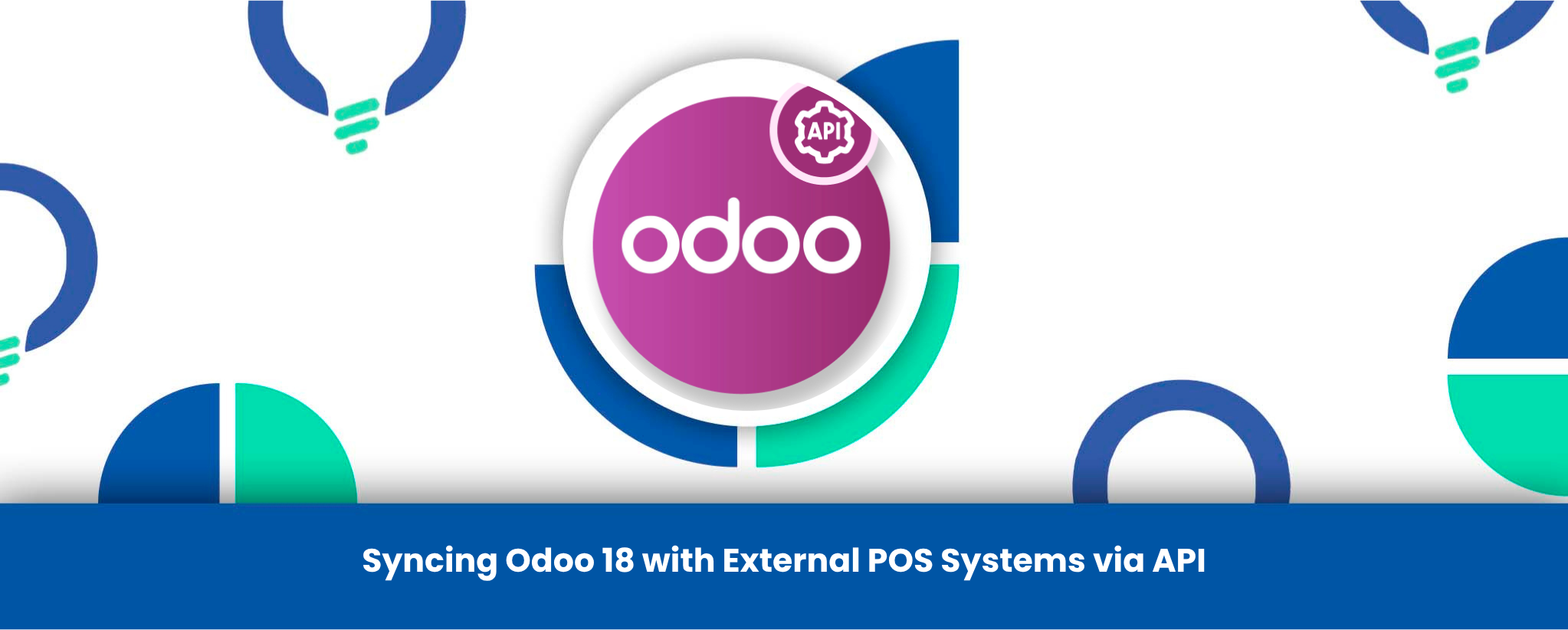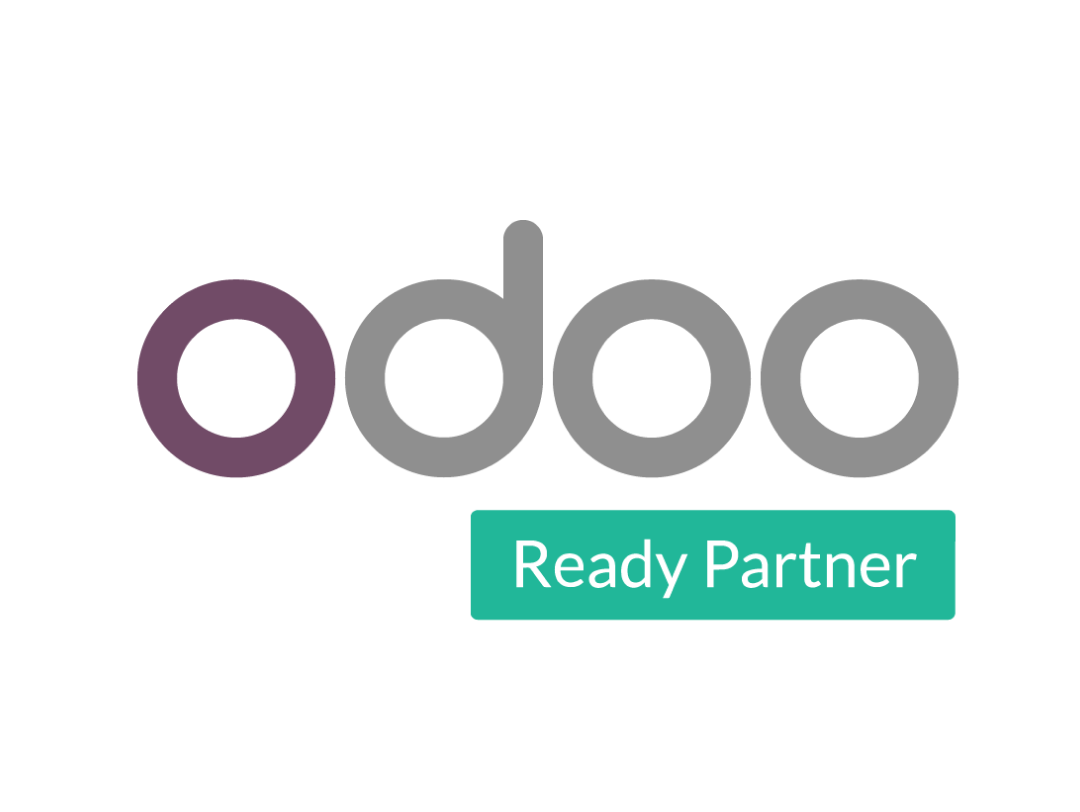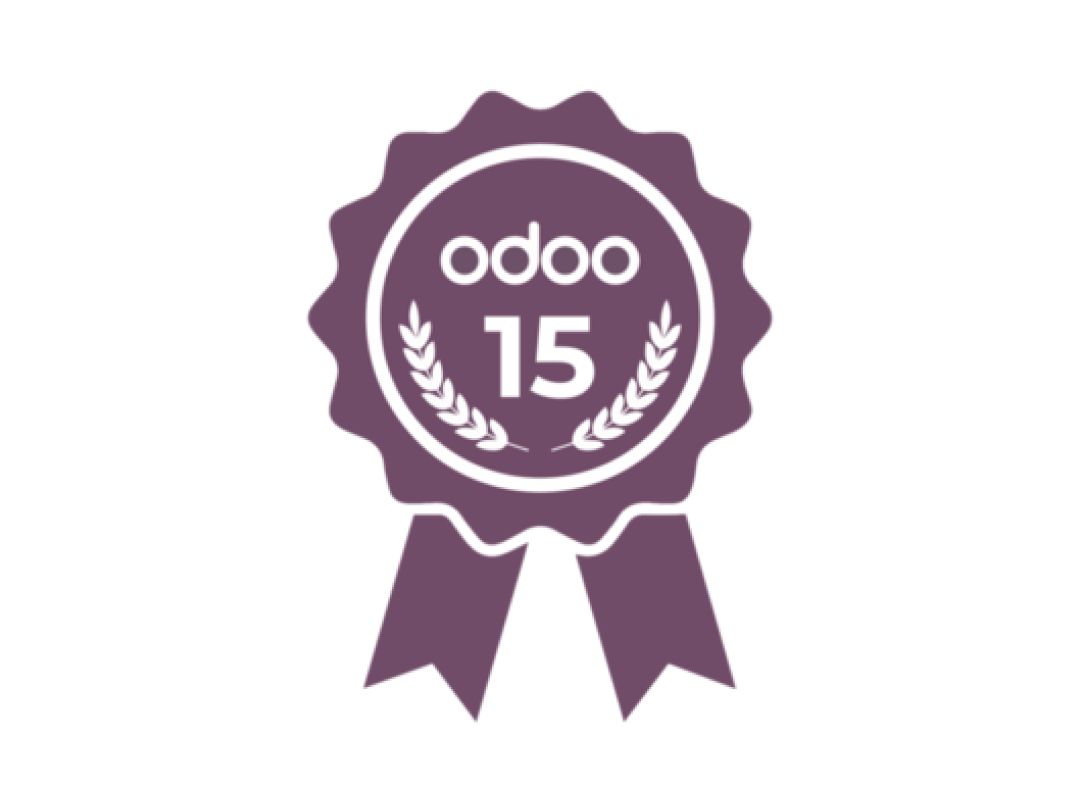Odoo 18 POS integration is a crucial requirement for modern retail businesses that rely on external POS with Odoo backend alongside their core ERP. While Odoo 18 includes a built-in Point of Sale module, many companies prefer to use third-party POS integration Odoo platforms tailored to their industry or region. To ensure real-time inventory sync Odoo 18, unified financial records, and consistent customer data, bridging the gap between POS and ERP is essential. This blog explores how API-based integration enables seamless Odoo POS data exchange between external POS systems and Odoo 18 for efficient, centralized reporting Odoo POS operations.
Why Integrate External POS with Odoo 18?
Connect Odoo with external POS systems to take advantage of advanced loyalty tools, terminal flexibility, and localized compliance. Without integration, POS features are isolated from your ERP workflows. Syncing external POS data with Odoo’s backend centralised customer data, inventory management, Odoo sales order API, and accounting entries—streamlining operations across departments.
This integration is especially important for:
- Multi-store POS management Odoo
- Real-time inventory sync Odoo 18
- Centralized reporting Odoo POS
- Automated accounting and invoicing
By leveraging the Odoo 18 REST API, businesses can ensure every transaction is reflected instantly in Odoo for true omnichannel operations.
Understanding the API Options in Odoo 18
Odoo API for POS sync supports both Odoo JSON-RPC for POS and RESTful interfaces. REST is often preferred due to its simplicity and external system compatibility.
Key endpoints for POS include:
- Sale Orders (sale.order)
- Invoices (account.move)
- Stock Moves (stock.move)
- Partners (res.partner)
- Products (product.template)
Authentication typically involves tokens or session-based logins, particularly for external billing system Odoo integrations.
Core Data Flows to Synchronize
A successful Odoo 18 POS integration supports the following:
1. Sync Transactions with Odoo 18
Each POS sale must be synced to Odoo as a sale.order or account.move. This ensures revenue and inventory reporting remain accurate and centralized.
2. Real-Time Inventory Updates
In-store or mobile POS sales adjust Odoo’s inventory immediately via stock.move, ensuring real-time inventory sync Odoo 18 across platforms.
3. Product and Pricing Data
Product additions and price changes in Odoo should push to connected POS terminals, enabling accurate POS billing.
4. Customer Data Sync
Customer entries from POS flow into res.partner to unify contact data and CRM tracking in Odoo.
Architecture of a Typical POS-Odoo Integration
A common Odoo 18 POS integration architecture includes:
- POS Application: Triggers a checkout event
- Middleware: Translates request data for compatibility
- Odoo API: Receives and processes the request using the Odoo sales order API
This architecture ensures flexible support for retail POS and ERP sync Odoo, whether using mobile terminals, kiosks, or full checkout systems.
Handling Sync Failures and Conflict Resolution
Like all API systems, Odoo POS data exchange must handle exceptions. A queue system can manage retries and log errors. For example, if an item doesn’t exist in Odoo, your middleware should either:
- Automatically create the item via the Odoo 18 REST API
- Alert the admin for review
This ensures clean, consistent data flow and a reliable external POS with Odoo backend architecture.
Practical Applications of Odoo 18 POS Integration
1. Retail Chains with Multiple POS Systems
Franchise stores using varied POS setups can unify transactions in Odoo for centralized reporting Odoo POS and consolidated inventory control.
2. Event-Based Pop-Up Stores
Temporary or mobile terminals sync on-site transactions into Odoo, updating records instantly through Odoo API for POS sync.
3. E-Commerce with Physical Checkout
Odoo handles backend ERP while POS terminals handle checkout. Odoo POS data exchange ensures stock, pricing, and rewards are synced in real-time.
Best Practices for Successful Integration
- Use token-based auth for scalable, secure sync
- Implement rate limiting to avoid API overload
- Build modular microservices for flexibility
Enable batch syncing for high-volume POS events like promotions or seasonal rushes
Conclusion
Whether you’re managing franchises or running events, Odoo 18 POS integration is a must for any modern business. By using the Odoo 18 REST API, and connecting seamlessly with external billing system Odoo or third-party tools, companies can streamline operations across locations.
From syncing customer data to inventory levels, the power of Odoo API for POS sync lies in flexibility, speed, and unified visibility. In short, connect Odoo with external POS systems and unlock the full potential of your retail operations.




